On the continuum of speaking styles, impromptu lives on one end (speaking off-the-cuff with little or no preparation) and manuscript speaking is at the other end (speaking from a script or teleprompter). Each style is appropriate at certain times.
But when you’re sharing a personal story as an advocate, these two styles are rarely desirable. You can’t be totally impromptu or you’ll risk presenting a raw, unprepared story; if you script it, you could come across as canned.
Somewhere between these two extremes is the style of speaking that enables you to be practiced, flexible, and natural. It’s a style that requires you to decide key messages, how you’ll tell your story, even specific wording you might use—even though what you say may come out differently each time you speak, as in natural conversation. It’s a style that’s adaptable to most situations, from informal talks to formal addresses to telephone interviews to on-camera appearances. Usually known as extemporaneous speaking, this style is more accurately called improvisational.
Not improvisational as in “creating something out of nothing” or “without preparation.”
Improvisational like jazz.
Why the Best Public Speaking is Like Jazz
A jazz musician playing the song “My Funny Valentine” knows the melody will always remain the same. Specific notes need to be hit each time it’s played. But the musician improvises around the melody, playing it a bit differently each time, keeping the basic song structure yet bringing to it his/her/their unique voice, artistry, expression and personality—and adapting to the audience.
When you speak, you improvise around your story and key messages. What you say may change slightly or even dramatically each time, but the tune remains the same. Improvisational speaking, with its blend of preparation and spontaneity, enables you to speak naturally and focus attention where it should be: on your audience, on your story, on your messages and on your goals.
Giving Over to Improvisation
Depending on your comfort level and experience, improvisational speaking may sound intimidating. Don’t worry. Everything you do to prepare to share your story as an advocate—choosing what to tell, focusing your story on your goals and messages, knowing who your audience is, and practicing—also prepares you to be more improvisational.
Part of the unease some feel in embracing improvisational speaking comes from a strong desire for perfection, a feeling that if a word doesn’t come out quite right or a phrase is forgotten, you’ve blown the whole presentation. Rarely is this the case. An audience is not aware of the perfection in your head. They only know the communication that’s happening between you and them, in the moment. Aim for connection, not perfection.
As saxophonist Coleman Hawkins said about making music, “If you don’t make mistakes, you’re not really trying.” Accept that there may be imperfections; correct them when necessary, and move on. It’s worth it to get to the more natural and conversational style that is improvisational speaking.
For help learning how to build your improvisational speaking skills, pick up a copy of Living Proof: Telling Your Story to Make a Difference or post a question here for a Living Proof Advocacy coach.









